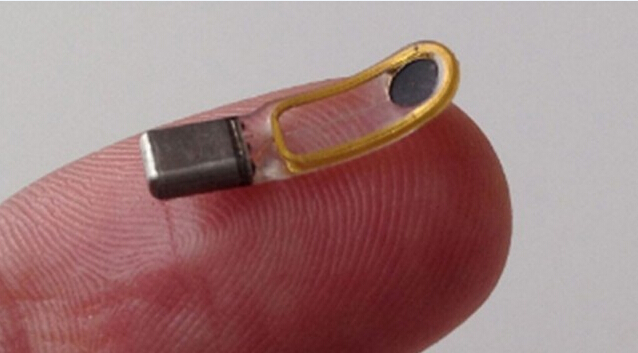Data de postagem: 2015-02-09
Making people cry is not a good thing unless these people have chronic xerophthalmia. Then you do them a favor. Scientists at Oculeve, backed by Stanford University, have created a micro-implantable device that can do just that-with the push of a button, tears can be stimulated. This device has the potential to help more than 20 million Americans without natural tears, all that is needed is to add electricity where appropriate.
The device (no official name yet) is an implantable neurostimulator that uses micro-electric pulses to increase tear production. It is designed to do more than treat dry eye caused by staring at the screen for too long. Many people suffer from chronic dry eye because of drugs, side effects, autoimmune diseases, or hormone problems that cause tear glands to produce tears. Over time, this may cause vision problems or corneal damage. Eye drops can provide a temporary solution for some people, but it is not as good as the real thing.
Your lacrimal glands are located on the outside of the upper part of each track, producing a smooth mixture of oil, water, protein, and mucus that lubricates the eyes. It flows down the tear duct and spreads over the eyes every blink. The lacrimal gland is the target of Oculeve's neural stimulator. It is implanted by injection or through a small incision under the eyebrows or in the nasal cavity. It can then shoot a short electrical pulse into the lacrimal gland, which begins to produce tear fluid. Basically, it will shake your face and make you cry, but this is a good thing in this case. promise!
So let's say you have a problem with chronic eye dryness and you have an Oculeve nerve stimulator implanted. How do you use it? The company is developing a remote control that will be able to adjust tear production on the fly. With the push of a button, your lacrimal glands will accelerate. The power of the micro-electric pulse is not enough to cause discomfort.
It may be wirelessly controlled, but what about power? It is not possible to plug microUSB into the face to charge the battery. According to Oculeve's Michael Ackermann, it will use inductive wireless charging technology that can consume the device's small battery. You can see above that one third of the total length of the neurostimulator is taken up by the battery. I think this will need to make the inductive charging coil uncomfortably close to your face. Oculeve doesn't say how often it needs to be charged, but the entire device is about 1 cm long, so the battery capacity is insufficient.
Oculeve is currently undergoing regulatory approval in the United States. Running clinical trials have shown that the device is safe and effective, which can be a lengthy process due to understandable medical device strict standards. The company will also seek approval from Canadian and EU regulators in the near future.
